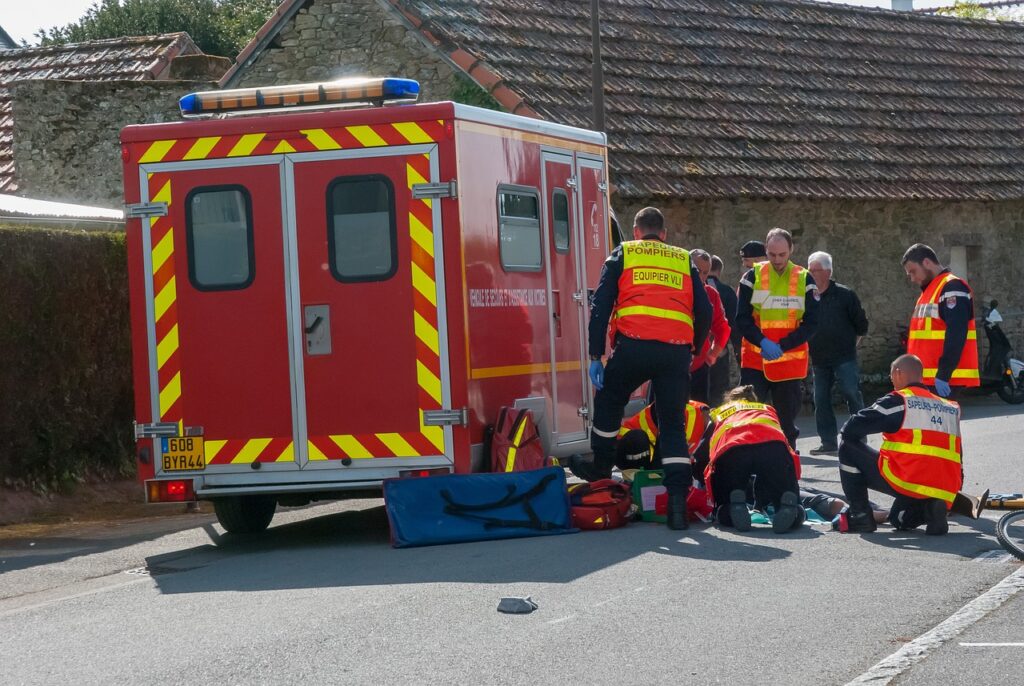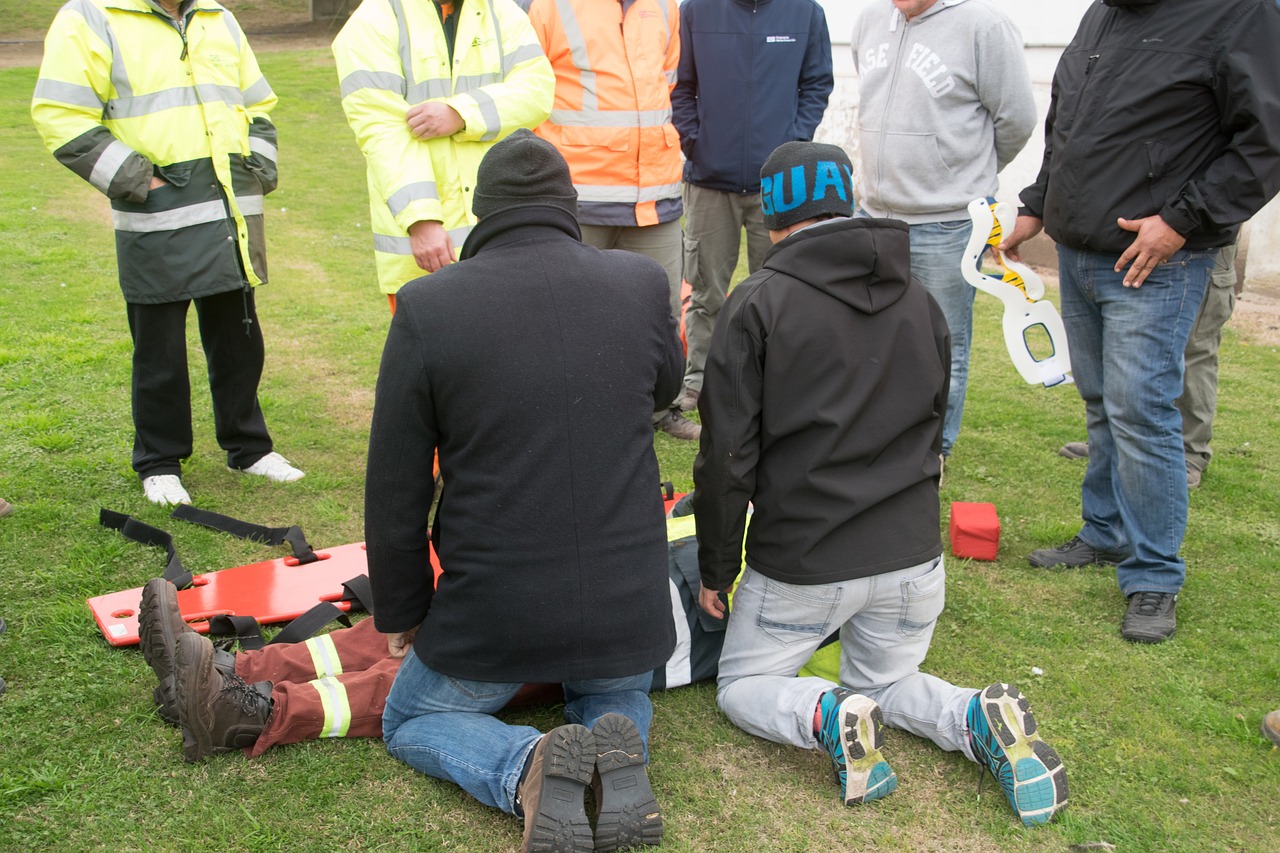1 DANGER
Before attending any first aid situation you need to ensure that both yourself and others are not going into danger . Attending an incident that is dangerous could make you a further casualty. The best response is to access professional emergency personnel such as the local ambulance. Look at any first aid book to learn the common dangers that might be relevant to various types of incident.
1 DEFINITION
Before becoming an effective first aider , trauma technician , or paramedic you need to understand numerous common conditions and how they are defined. For example shock is a lack of circulating blood to the vital organs and can be the result of a sudden drop in blood pressure. Before you embark on any first aid type experience get the definitions of all the major conditions and learn them fluently.
2 CAUSES
Once you have an extensive knowledge of the major conditions you are likely to come across you must build an awareness of the causes. In essence there are two fundamental causes of any incident, they trauma and medical. Trauma can be seen as an external injury that emanates from outside the body such as a fall, a car accident cold ,heat and toxins. Medical on the other is initiated from within the body and can be genetic or lifestyle in origin. Hypoglycaemia ( low blood sugar ) or a heart attack are defined as medical causes in need of first aid.

3 DIAGNOSTICS
Diagnostics can be broken up int three parts. They are History, Signs and Symptoms History in terms of Trauma is defined as what happened leading up to the incident. If you discover a man lying at the bottom of a wall with a ladder strewn across the path he has probably fallen off. In medical terms history usually requires prior knowledge of the individual and in the domain of the casualties physician.
The second element of diagnostics are Signs. Signs are what you can observe and what you conclude from an examination. This is known as the survey. The primary survey ensures clear airways effective breathing and a pulse indicating a viable circulation of blood throughout. The secondary survey deals with everything else stopping a deteriorating condition and promoting recovery
The final element of diagnostics are Symptoms. These are elicited form what the casualty tells you such as the character and strength of their pain. If the casualty is unconscious there are no symptoms.
4 TREATMENT
Having established the cause and the diagnostics with un understanding of the condition learnt under the definition we need to think about treatment. Treatment is partly to do with priorities. It is important that you prioritise who needs the most urgent care when presented with multiple casualties. You will also need to prioritise your treatment with each casualty presenting multiple signs and symptoms Remember the primary survey clear airway , breathing and circulation is the most urgent.
I would recommend that you get as much first aid training as you have time for and refresh annually. However a first aider who is trained in procedures and protocols will struggle to evoke a successful outcome if they have little awareness of potential dangers , no knowledge of conditions or back ground causes with the ability to establish history signs and symptoms prior to treatment.
SUMMERY
Danger Personal safety
Definition ( What is it ) including Medical / Trauma or both
Causes What causes it
Diagnostics. How do you know they have it
Treatment. What do you do about it when you have the other four in place
Peter ( MEMBER OF THE AMBULANCE SERVICE INSTITUTE )

